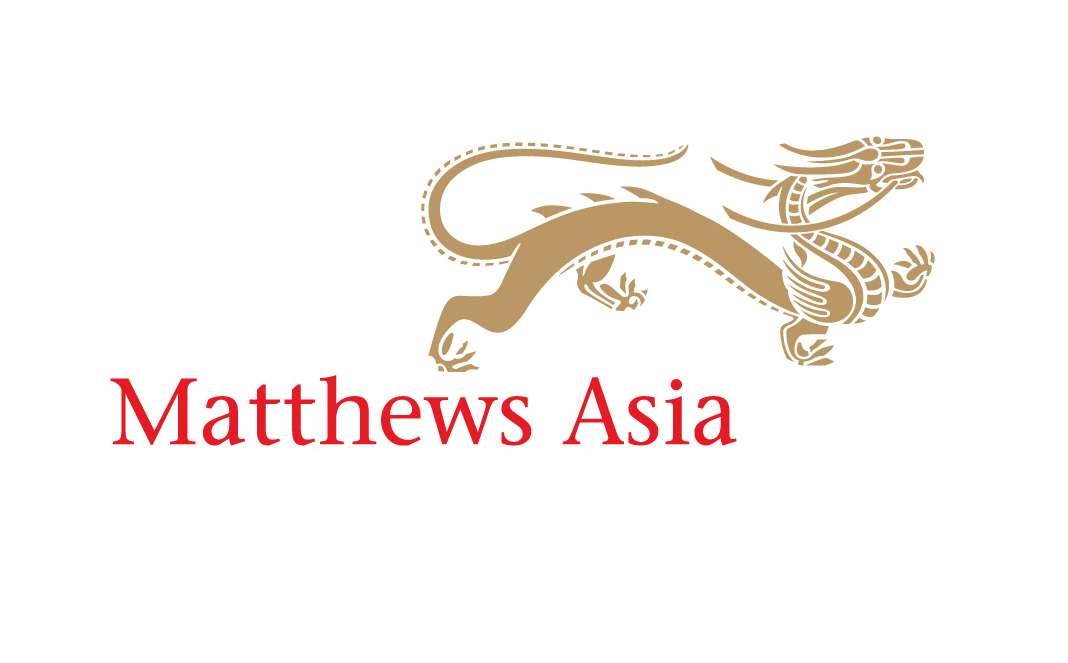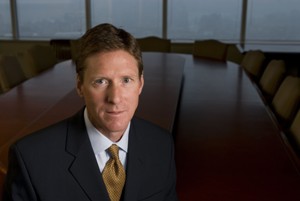Nearly five years after the panic of March 2009, when stock prices dropped to the lowest levels in recent history, the U.S. equity markets have returned to the range of fair value. At around 1,800 the S&P 500 Index is trading at about 16.5 times estimated 2013 earnings, priced for a fair rate of return in the long run of between 7 and 9% – in line with historical averages. As such, the equity markets look neither cheap nor overvalued.
This poses a quandary for those investors – institutional as well as retail – who missed the massive rally off that 2009 low (the “Fat Pitch,” to use a baseball analogy) and with it a whole generation of investment gains. “If we buy U.S. equities now, are we setting ourselves up to buy at the top?” they may be asking themselves. “And if we don’t get in, will we miss yet another Fat Pitch?”
In attempting to answer that question we start with the premise that the investment landscape around the world is in much better shape than it was in the dark days of 2008 and 2009. As bottom-up stock pickers we do not attempt to make macroeconomic and geopolitical forecasts. But we do believe that the U.S. economy is relatively well placed when compared to the rest of the world. Consider:
- House prices have recovered sharply from their dramatic decline six or seven years ago.
- Gas prices continue to fall as crude oil drops further below its recent peak.
- The employment situation is improving even if the upward trend remains sluggish.
- The Fed’s injection of liquidity into the system through quantitative easing has clearly benefitted major financial institutions. They have been able to boost their capital while at the same time credit quality has improved and non-performing loans are falling.
Further, we do not believe the U.S. equity market has formed a bubble as it did between 1998 and 2000, with the exception of a few highly priced small and mid cap stocks. The U.S. bond market, on the other hand, does look to be artificially inflated as the likelihood of higher rates increases.
Set against these favorable factors is the continuing disagreement in Washington over U.S. fiscal policy which has done significant damage to business confidence. Rather than increase capital expenditure on plant and equipment, and research and development, major corporations are opting to return cash to shareholders by way of buybacks and dividends. This lack of expenditure is one reason why GDP growth in the U.S. is running below trend.
Extract from a white paper by Robeco Boston Partners published in January 2014
Authors of the article:
object(WP_Post)#18437 (24) {
["ID"]=>
int(121983)
["post_author"]=>
string(1) "1"
["post_date"]=>
string(19) "2014-01-08 01:14:57"
["post_date_gmt"]=>
string(19) "2014-01-08 01:14:57"
["post_content"]=>
string(535) "Joseph Feeney es Co-CEO y director de Inversiones de Robeco Boston Partners con responsabilidad sobre las decisiones estratégicas, financieras y operativas de la firma, así como todos los aspectos relacionados con la política de inversión de la gestora, incluyendo sus grupos de análisis fundamental y cualitativo. Feeney es uno de los socios fundadores de Boston Partners Asset Management, proyecto al que se unió en el momento de su creación, en 1995, procedente de Putnam Investments.
"
["post_title"]=>
string(27) "Joseph F. Feeney, Jr., CFA"
["post_excerpt"]=>
string(0) ""
["post_status"]=>
string(7) "publish"
["comment_status"]=>
string(6) "closed"
["ping_status"]=>
string(6) "closed"
["post_password"]=>
string(0) ""
["post_name"]=>
string(22) "joseph-f-feeney-jr-cfa"
["to_ping"]=>
string(0) ""
["pinged"]=>
string(0) ""
["post_modified"]=>
string(19) "2014-01-08 01:14:57"
["post_modified_gmt"]=>
string(19) "2014-01-08 01:14:57"
["post_content_filtered"]=>
string(0) ""
["post_parent"]=>
int(0)
["guid"]=>
string(60) "http://localhost/fundsdevmoo/profile/joseph-f-feeney-jr-cfa/"
["menu_order"]=>
int(0)
["post_type"]=>
string(7) "profile"
["post_mime_type"]=>
string(0) ""
["comment_count"]=>
string(1) "0"
["filter"]=>
string(3) "raw"
}

Joseph Feeney es Co-CEO y director de Inversiones de Robeco Boston Partners con responsabilidad sobre las decisiones estratégicas, financieras y operativas de la firma, así como todos los aspectos relacionados con la política de inversión de la gestora, incluyendo sus grupos de análisis fundamental y cualitativo. Feeney es uno de los socios fundadores de Boston Partners Asset Management, proyecto al que se unió en el momento de su creación, en 1995, procedente de Putnam Investments.
object(WP_Post)#18434 (24) {
["ID"]=>
int(121986)
["post_author"]=>
string(1) "1"
["post_date"]=>
string(19) "2014-01-08 01:17:27"
["post_date_gmt"]=>
string(19) "2014-01-08 01:17:27"
["post_content"]=>
string(366) "Mark Donovan is Co-CEO de Robeco Boston Partners y portfolio manager líder de los portafolios Large Cap Value. Donovan es uno de los socios fundadores de Boston Partners Asset Management en 1995, proyecto al que se sumó desde The Boston Company. Donovan tiene un B.S. en gestión por Rensselaer Polytechnic Institute. Suma 32 años de experiencia inversora.
"
["post_title"]=>
string(20) "Mark E. Donovan, CFA"
["post_excerpt"]=>
string(0) ""
["post_status"]=>
string(7) "publish"
["comment_status"]=>
string(6) "closed"
["ping_status"]=>
string(6) "closed"
["post_password"]=>
string(0) ""
["post_name"]=>
string(18) "mark-e-donovan-cfa"
["to_ping"]=>
string(0) ""
["pinged"]=>
string(0) ""
["post_modified"]=>
string(19) "2014-01-08 01:17:27"
["post_modified_gmt"]=>
string(19) "2014-01-08 01:17:27"
["post_content_filtered"]=>
string(0) ""
["post_parent"]=>
int(0)
["guid"]=>
string(56) "http://localhost/fundsdevmoo/profile/mark-e-donovan-cfa/"
["menu_order"]=>
int(0)
["post_type"]=>
string(7) "profile"
["post_mime_type"]=>
string(0) ""
["comment_count"]=>
string(1) "0"
["filter"]=>
string(3) "raw"
}

Mark Donovan is Co-CEO de Robeco Boston Partners y portfolio manager líder de los portafolios Large Cap Value. Donovan es uno de los socios fundadores de Boston Partners Asset Management en 1995, proyecto al que se sumó desde The Boston Company. Donovan tiene un B.S. en gestión por Rensselaer Polytechnic Institute. Suma 32 años de experiencia inversora.






 By Fórmate a Fondo
By Fórmate a Fondo